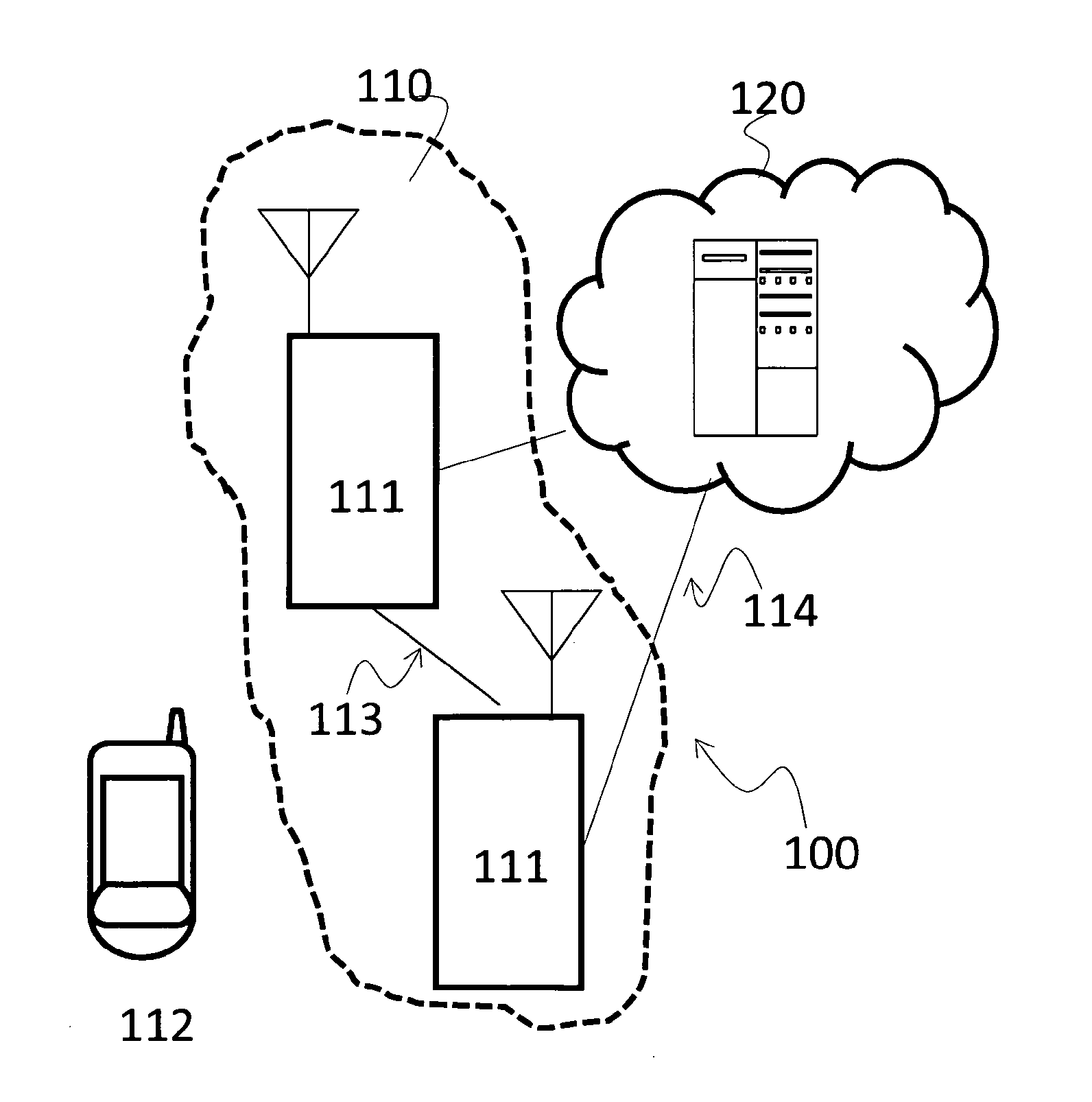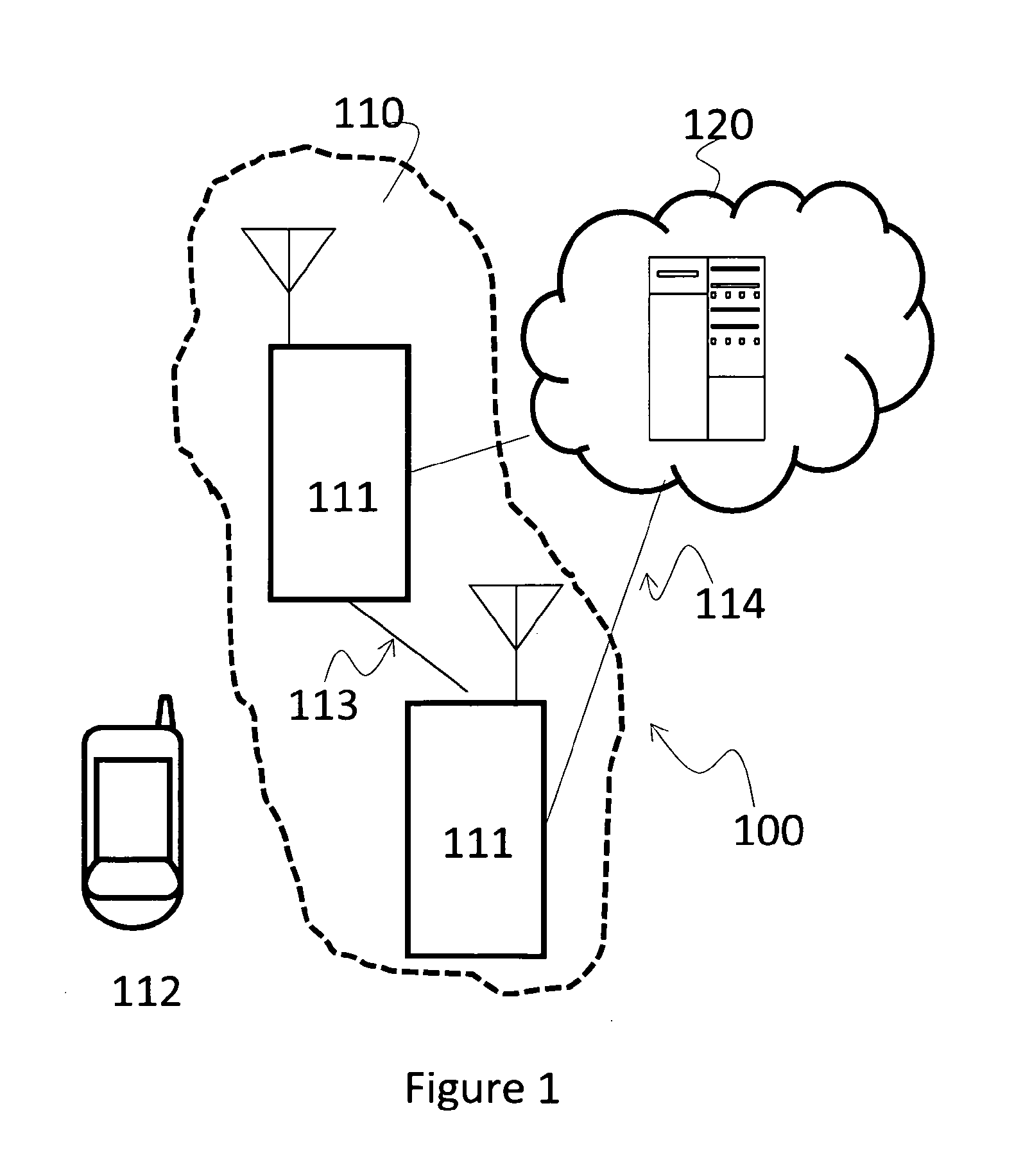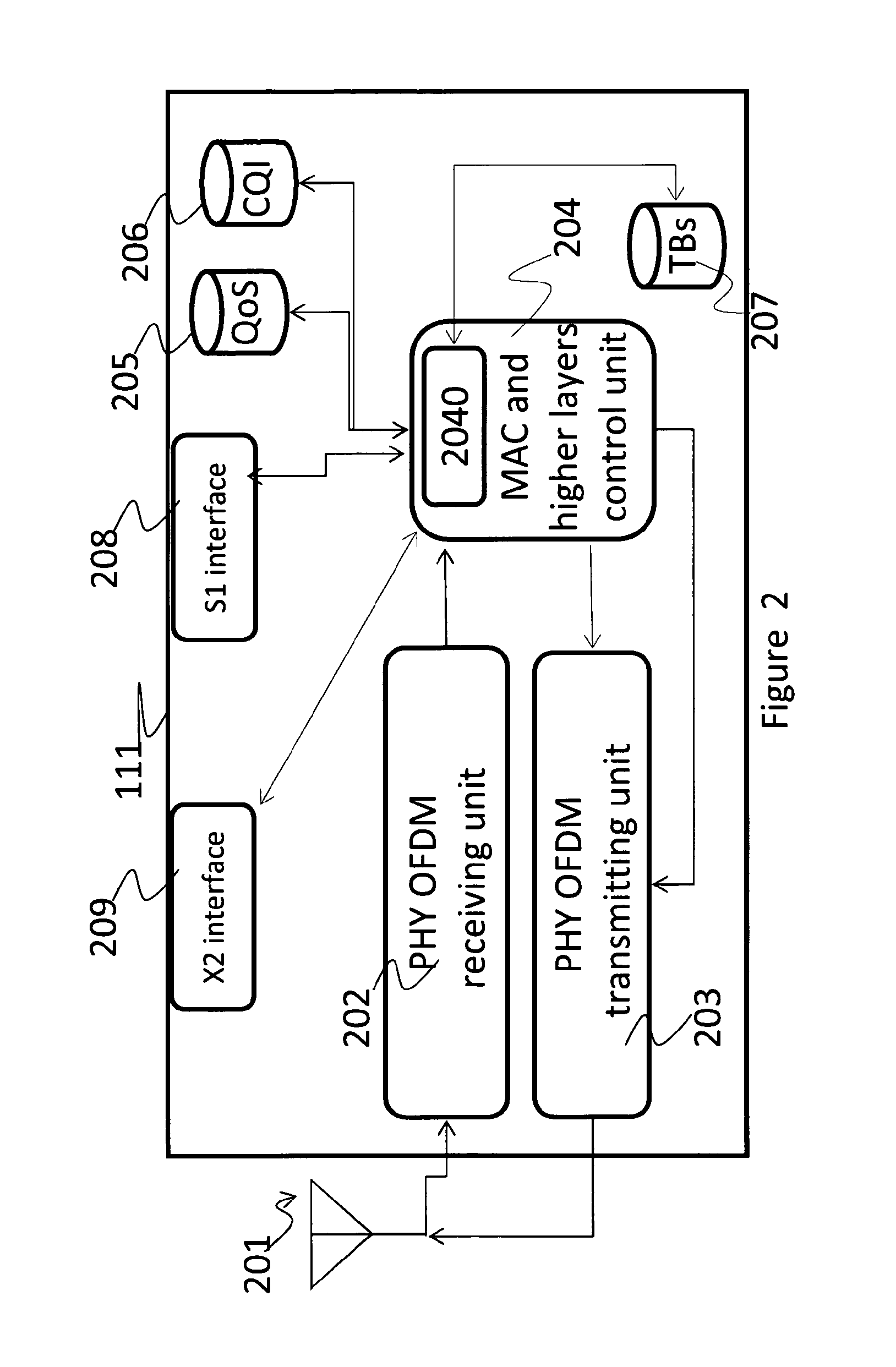Method for data packet scheduling in a telecommunication network
- Summary
- Abstract
- Description
- Claims
- Application Information
AI Technical Summary
Benefits of technology
Problems solved by technology
Method used
Image
Examples
example
[0111]In this paragraph is shown a simple example of the algorithm. All the hypothesis and data are 3GPP compliant. The hypotheses are:[0112]2 UEs to be scheduled[0113]Bandwidth of 1.4 MHz (6 PRBs)[0114]Resource allocation type 2 with localized PRBs[0115]nsymb={2,3,4}[0116]Length of the queue (from TDPS) of 3 TBs (nTBmax=3)[0117]nTBmin=1[0118]TB sizes are {392,32,904} bits, respectively for {TB1,TB2,TB3}[0119]Exhaustive algorithms are used for allocation of DCIs and TBs[0120]For simplicity, CQIs of users in general are supposed to be different PRB per PRB; in fact, even if CQI reporting from UE can be defined per subband, a processing unit internal to the eNB can generate (from UEs measurements) CQI values potentially different for each PRB (e.g. by means of such an interpolating function); as a consequence this assumption is transparent with respect to 3GPP constraints and the present example can be considered without loss of generality. In the following table CQI values are assume...
PUM
 Login to View More
Login to View More Abstract
Description
Claims
Application Information
 Login to View More
Login to View More - R&D
- Intellectual Property
- Life Sciences
- Materials
- Tech Scout
- Unparalleled Data Quality
- Higher Quality Content
- 60% Fewer Hallucinations
Browse by: Latest US Patents, China's latest patents, Technical Efficacy Thesaurus, Application Domain, Technology Topic, Popular Technical Reports.
© 2025 PatSnap. All rights reserved.Legal|Privacy policy|Modern Slavery Act Transparency Statement|Sitemap|About US| Contact US: help@patsnap.com



